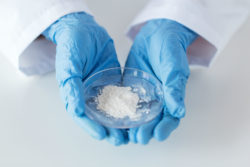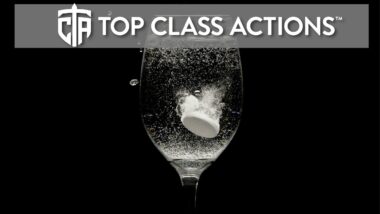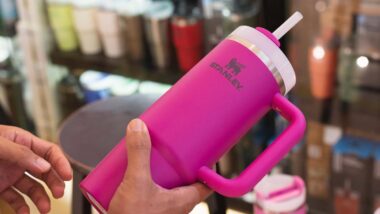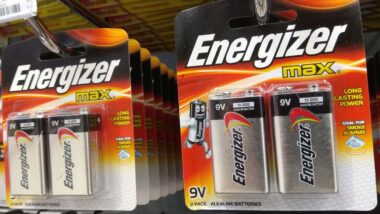Top Class Actions’s website and social media posts use affiliate links. If you make a purchase using such links, we may receive a commission, but it will not result in any additional charges to you. Please review our Affiliate Link Disclosure for more information.

The tests were ordered after the U.S. Food and Drug Administration discovered traces of asbestos in a container of the company’s baby powder. In response, Johnson & Johnson (J&J) reportedly ordered its own tests from independent laboratories.
Less than two weeks later, the New Jersey-based health care products giant announced that “Rigorous and third-party testing confirms there is no asbestos in Johnson’s Baby Powder.”
However, J&J’s urgency and insistence on quick confirmation of its “no asbestos” claims appear to have resulted in lab reports that were not as clear as their Oct. 29 press release claimed, according to a report by the Wall Street Journal.
Multiple Talc Asbestos Tests Were Conducted
According to the company’s press release, the bottle of baby powder analyzed by the FDA underwent “15 new tests.” Forty-eight more tests were ordered for a single lot of the product. The tests were conducted by two different laboratories, one located in Pennsylvania and the other in Georgia. The company says that testing was carried out using three different methods:
- Transmission Electron Microscopy (TEM): a technique using an electron beam, transmitted through the material in order to obtain an image
- Powder X-Ray Diffraction (XRD): a method employing x-rays technology to yield a diffraction pattern (the x-rays are spread out by passing them through a narrow opening in order to reveal a material’s characteristics)
- Polarized Light Microscopy: a type of high-contrast magnification that allows chemists to evaluate the composition and structure of the material being examined
However, J&J also acknowledged that one of the laboratories “deviated from their normal protocols” when they carried out some of the testing in an “auxiliary room,” where three samples did test positive for talc asbestos. However, when tested in the “standard room,” no asbestos traces were found.
What Does it Mean?
According to the Wall Street Journal’s report, J&J attributes the initial positive results to contamination in the auxiliary testing room that the Pennsylvania lab used in order to meet the company’s abbreviated timeline. According to letters from the lab, the auxiliary room was used to test gunshot residue for the police. It also reported that the room in question had been contaminated by the presence and operation of an air conditioning unit.
The Georgia lab initially reported that preliminary results from their testing had indicated no asbestos in the product; however, full testing had not been completed when J&J issued its press release. J&J has said that asbestos testing will continue, and the public will be notified as results are available.
Is Talc Asbestos a Danger?
Geologically, asbestos and talc are related minerals, and deposits are often found in proximity to one another. In the past, it was not unheard of to find talc asbestos contamination.
J&J has long insisted that its talc is asbestos free; nonetheless, there has been evidence to indicate that the talc used in their baby powder was not only contaminated, but that the company was aware of it and attempted to hide this information from the public.
Do YOU have a legal claim? Fill out the form on this page now for a free, immediate, and confidential case evaluation. The attorneys who work with Top Class Actions will contact you if you qualify to let you know if an individual lawsuit or class action lawsuit is best for you. [In general, baby powder cancer lawsuits are filed individually by each plaintiff and are not class actions.] Hurry — statutes of limitations may apply.
ATTORNEY ADVERTISING
Top Class Actions is a Proud Member of the American Bar Association
LEGAL INFORMATION IS NOT LEGAL ADVICE
Top Class Actions Legal Statement
©2008 – 2024 Top Class Actions® LLC
Various Trademarks held by their respective owners
This website is not intended for viewing or usage by European Union citizens.
Get Help – It’s Free
Join a Free Baby Powder Cancer Class Action Lawsuit Investigation
If you used Johnson’s Baby Powder, Shower to Shower, or another talcum powder product and were diagnosed with ovarian cancer, you may have a legal claim. Family members of loved ones who died of ovarian cancer can also join. Submit your information now for a free case evaluation.
An attorney will contact you if you qualify to discuss the details of your potential case at no charge to you.
PLEASE NOTE: If you want to participate in this investigation, it is imperative that you reply to the law firm if they call or email you. Failing to do so may result in you not getting signed up as a client or getting you dropped as a client.












